In the question of Iceland vs Greenland, the first thing many people ask is “…what’s the difference?”
Well, plenty. One is much larger and colder, whereas the other tends to have milder weather and be much more popular with tourists, among a number of other things.
That said, they have plenty in common too, including that they both have stunning landscapes. Both have hot springs, incredible wildlife, icebergs and glaciers, meaning they’ll more than satisfy your desire to have your breath taken away from the natural environment.
Let’s look into an in depth comparison of the two to see whether Iceland or Greenland (or, ideally, both!) should be added to your travel wish list.
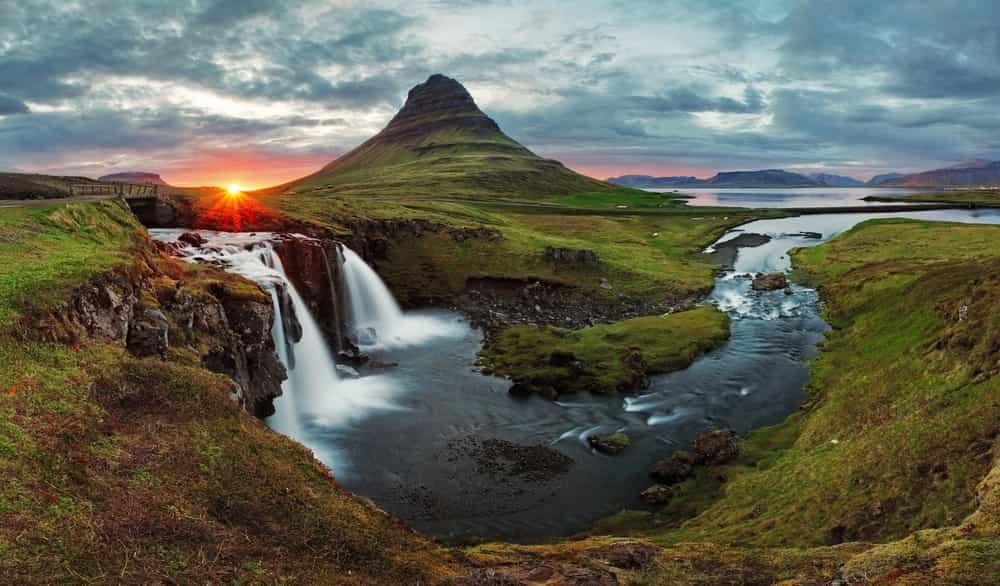
Table of Contents
Iceland vs Greenland: In brief
Iceland is a tiny island nation that is located southeast from Greenland. While Greenland is part of Denmark, Iceland is an autonomous state with its own currency, parliament, and laws. Despite its name, Iceland is actually less icier than Greenland.
In comparison to other European countries, Iceland is an ethnically homogeneous country. Most residents of Iceland still preserve their customs, traditions, and language. For instance, many Icelanders still believe in elves, trolls, and other figures in the mythical landscape of the Norse past.
On the other hand, Greenland is a self constituent country within the kingdom of Denmark. Although Greenland is a part of the Kingdom of Denmark, Greenland’s government is responsible for most domestic affairs.
Most people who live in Greenland are not considered Danish but Inuit (Eskimo). Its name was provided by an early Viking settler who noticed that it was full of icebergs. Interestingly, Greenland is an extension of the rough plateau of the Canadian Shield.
Scientists believe that global warming will cause the names of the two islands to be apt. They predict that ice sheets in Greenland will eventually cause the area to be green.
Iceland vs Greenland: Population
The main difference between Iceland and Greenland is the size of the population of each island. Iceland’s population is estimated at around 365,000 while Greenland has only 56,000 residents living on the island. This is despite the fact that Greenland is twenty times larger than Iceland.
In terms of actual numbers, it has 2 million square kilometers, which is the same size as the Democratic Republic of Congo.
Yet, interestingly, at least 87.3 % of the population in Greenland, which is roughly 49,552, live in urban areas. On the other hand, at least 94% of people living in Iceland live in urban areas.
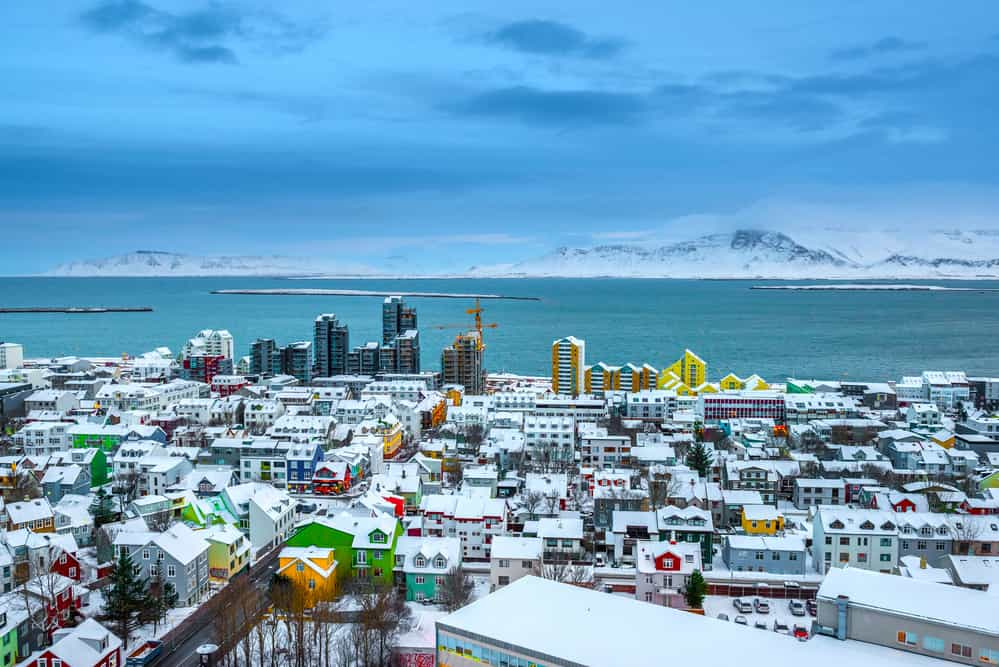
Iceland vs Greenland: Size
Greenland’s territory stretches over to over 2 million km² and is the 12th largest country in the world. On the other hand, the entire country of Iceland is 103,000 km², meaning that while it’s the second-largest island in Europe after Great Britain, it’s only the 108th largest worldwide.
Clearly, Iceland is much smaller than Greenland, although it is still the world’s 18th-largest island. Iceland boasts over 3,000 miles of dramatic and mountainous coastline, with almost all inhabited areas being along the coastal parts of Iceland. The Icelandic coastline connects with the Greenland Sea on the north and the Norwegian sea on the east.
Glacier ice and cooled lava in Iceland cover approximately one-tenth of Iceland’s total area. The glacier is a stark reminder that this Scandinavian country is close to the Arctic Circle. Iceland is broken up by structural faults, with an average elevation of 1,640 feet above sea level. One-fourth of Iceland lies below 650 feet, and the highest point is nearly 952 feet.
Greenland, however, is the largest island in the world (or second largest, for those who count Australia as being an island) and is the least populated area globally. It has a deeply indented coastline of 24,430 miles long, equivalent to the Earth’s circumference at the equator.
Greenland’s northern extremity extends to less than 500 miles of the Northern Hemisphere. In addition, almost two-thirds of Greenland lies within the Arctic Circle, and the island’s north extremity extends to within less than 500 miles of the North Pole.
Iceland vs Greenland: Weather
Iceland’s weather is milder than Greenland because of Greenland’s polar climate. The average temperature in winter in Iceland is around 36°F (2°C) and, in summer, this goes up to an average of 57°F (14°C). Greenland, on the other hand, sees average winter temperatures of 24°F (-4°C) and about 50°F (10°C) in summer.
Of course, this will vary depending on exactly where in the country you are, especially in the case of Greenland which is so much larger. That is, the further north you go into the Arctic Circle, the colder it will become with much harsher weather, like winter storms.
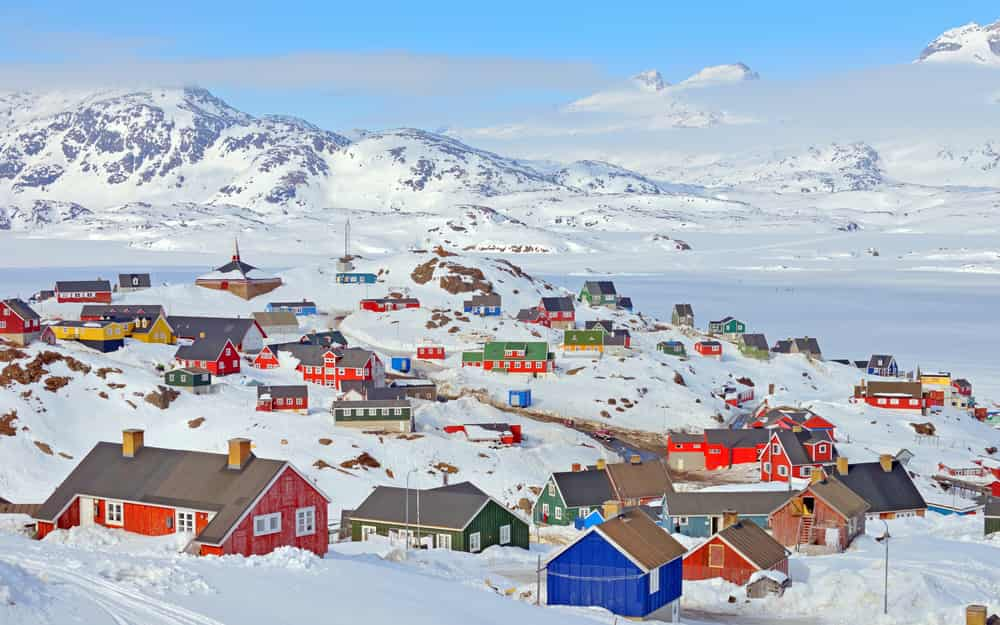
Both Iceland and Greenland also have little sunlight in winter, with some parts of Greenland even having “polar nights” which is when the sun does not rise at all throughout the day for several months.
How far apart are Greenland and Iceland?
A flight from Reykjavik to Nuuk takes three hours and 45 minutes with there being 887 miles (1,428 km) between the two. The closest point between Iceland and Greenland is about 190 miles (300 km), however there are no ferries that make the journey.
You can, however, sometimes find cruise ships that include both islands on their itineraries. Going by plane is by far the easiest way to get between the two though, with Greenland having flights from both Iceland and Denmark.
Tourism in Iceland vs Greenland
Over 2 million tourists visit Iceland each year. Iceland draws multitudes of tourists with its scenery, natural beauty, mountains, volcanoes, and icefields. Greenland, however, is not as well known for tourism as Iceland, although at least 100,000 people still visit Greenland each year.
If you are an avid adventurist, you will find it quite impossible to fight the urge to explore Iceland and Greenland. Tourists like these northern frontiers for many reasons. Both islands offer landscapes that are nothing short of beautiful. No matter which one you choose, you will get to see spectacular glaciers, icebergs, and exceptional wildlife.
It is easier to get around Iceland due to its better tourist infrastructure and smaller size, and this is reflected in the fact that Iceland has experienced an ongoing tourism boom, especially since the Global Financial Crisis which impacted Iceland particularly hard.
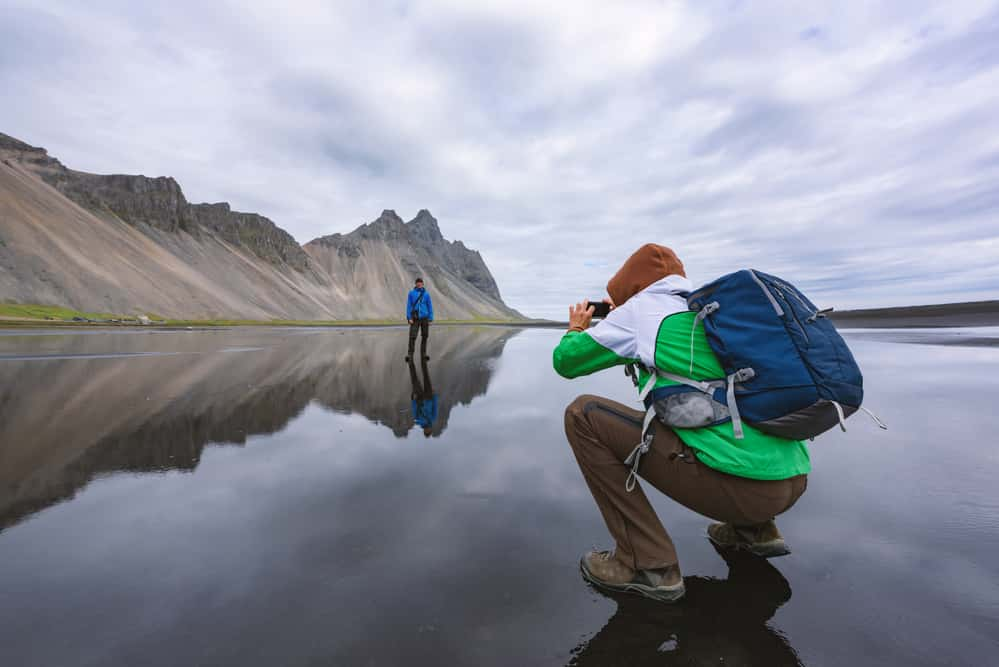
However, the cost of living in Iceland is rising and, given the increasing tourism demand, expect to pay slightly more (although not in euros in Iceland!) than you would in other countries for tours, accommodation, and restaurants.
That said, Greenland isn’t cheap either largely due to its isolated location. Practically everything you find there has to be brought into the country, with the costs of this then being passed on to you as the consumer.
As mentioned, traveling around Greenland is a tad challenging. You won’t find any roads between the towns, so you will have to fly or take a boat between different settlements. That doesn’t mean there are no roads in Greenland and plans are underway to create more roads in Greenland. In fact, the construction of the first road in Greenland that will connect two settlements began in 2020.
Were there Vikings in Iceland and Greenland?
Vikings inhabited both Iceland and Greenland. According to the Landnámabók, Naddodd the Viking became the first settler of Iceland, which he discovered when he was blown off course on his way to the Faroe Islands. On the other hand, the Vikings settled in Greenland in the 10th century.
Before the Vikings arrived in Iceland, Irish monks inhabited the island, but they eventually left. The Vikings stayed though, with the current population descending from these people. In fact, Icelandic is the closest modern language to Old Norse, the language of the Vikings (although plenty of people speak English in Iceland, so don’t worry about communication there).
In the case of Greenland, several Vikings tried to settle there, but Erik the Red was the first to successfully do so (although it’s worth mentioning that he was prompted to try after his family was exiled from Iceland due to Erik murdering his neighbor). He supposedly named the island Grœnland (Greenland) to attract settlers as the name deceptively implied that it was more fertile than in reality.
Despite his family converting to Christianity, Erik was a devout pagan and refused to accept this new religion. Nevertheless, he remained Chieftain of Greenland until his death, and his successful settlement continued for more than 500 years after his death.
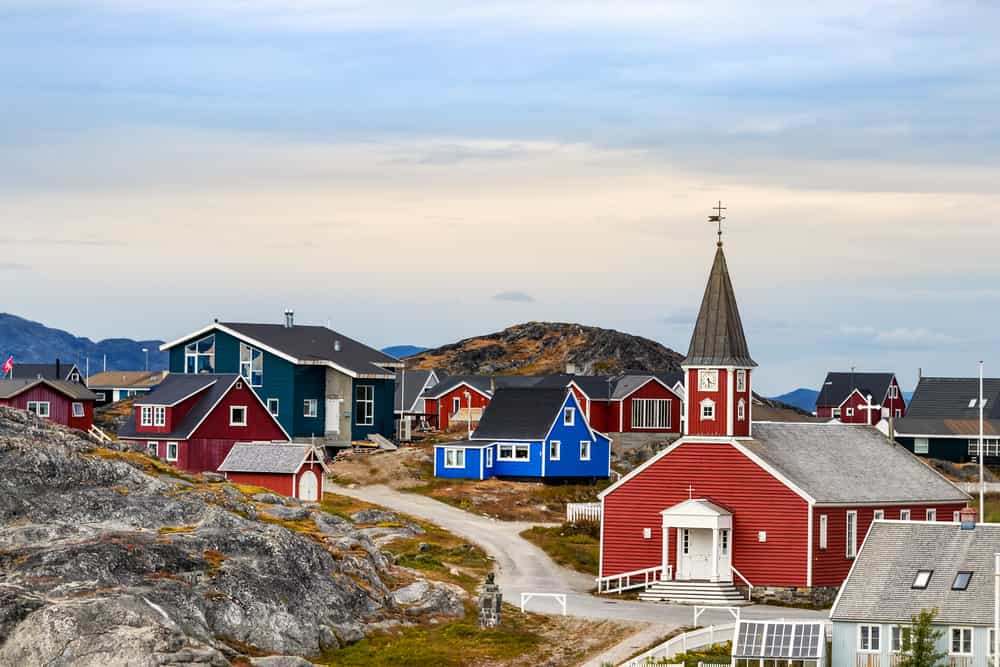
Does Iceland own Greenland?
No, Iceland does not own Greenland. Iceland is its own independent country and Greenland is a self-governing territory. Greenland is owned by Denmark. Iceland was also once a part of Denmark at some point but gained its independence in 1944.
Greenland and Iceland also have close ties due to their history and Norse settlers.
Is Iceland warmer than Greenland?
Yes, Iceland is warmer than Greenland overall, with the slightly differing climates being for several reasons. For one, Greenland is further north and further west than Iceland, with a large portion of Greenland being in the Arctic Circle, unlike Iceland. The famous Gulf stream also keeps Iceland warmer than Greenland.
The Gulf stream is responsible for keeping several countries warm, including North America. This stream, along with other factors, makes this country warmer than Greenland, even though 11 percent of Iceland is permanently covered in ice caps.
Why is Iceland called Iceland and not Greenland?
Iceland is called Iceland and not Greenland because this is what the Nordic settlers decided to call it when they first arrived. It is a Norse custom to name things as they saw them. Chances are, when the first settlers arrived in Iceland, it was during the winter and it was much colder than it is today.
According to data collected by National Geographic, a settler by the name of Naddaddor was the first to arrive in Iceland. The land was covered in snow at the time and this Viking settler named it Snaeland, which translates to “Snowland”.
It was believed to be a long and hard winter full of hardship. Other Vikings followed Naddader.
One of the settlers was said to have climbed a mountain in frustration after the death of his daughter and saw Icebergs and gave it its new name, Iceland.
Is Iceland really green and is Greenland really icy?
Yes, many parts of Iceland are really green, compared to Greenland, which is 80 percent covered in ice. Only about 11 percent of Iceland is actually covered in ice. This has a lot to do with the geographical position Iceland is in compared to Greenland, as well as the Gulf stream.
Ironically, this means that Iceland is greener, while Greenland is covered in ice.This is largely because Greenland is further north than Iceland. One outcome of this is that Iceland’s milder climate and longer, (relatively) warmer summers yield more crops and plant life than Greenland.
As mentioned previously, the Gulf stream also helps keep Iceland warm and prevents the fjords from freezing, by bringing warm water from Mexico to the Icelandic sea. Scientists believe that Greenland will soon become warmer while Iceland grows colder, due to the Gulf stream moving further south and global warming melting the ice sheets in Greenland.
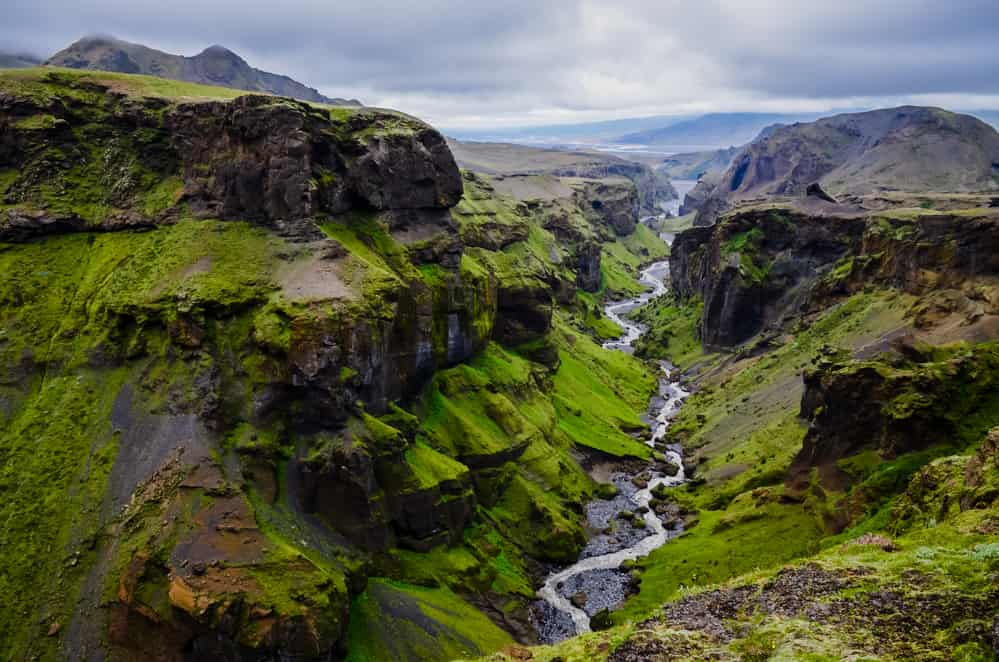
Why did Iceland and Greenland switch names?
Iceland and Greenland have confused the world with their ill-fitting names for eons. Iceland is green and Greenland is icy. However, they never technically switched names. The switch in perception of each country more likely occurred due to a shift in climate.
A popular myth surrounding the names of these areas has been passed down for years. It has been believed that Iceland was named as such to prevent settlers from overtaking and overcrowding this newfound Island. It was also believed that Greenland was named as such by Viking settlers to attract more people to its barren land.
This myth has been proven to not be true. As mentioned earlier, Iceland was more likely to be icier when it was discovered. It is also possible that Greenland was much warmer, or at least greener in the areas where it was first discovered.
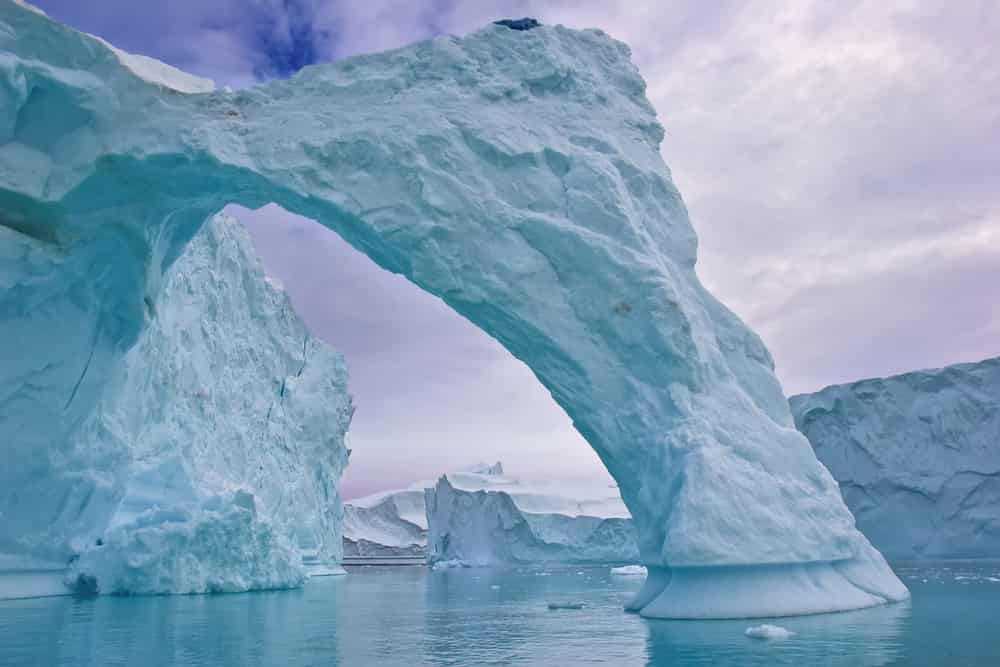
A Nordic custom is to name things as they are. A great example of this is when Nordic settlers colonized an area of Canada and named it Vinland. It was named as such due to some sort of grapes or blackberries that could be found growing on the land.
Based on this, Vinland was named after the vines that could be found all over the land. Logical, right?
What’s better: Iceland or Greenland?
The question of Iceland vs Greenland in terms of which is better depends on what you’re looking for. Iceland tends to have more for tourists, due to being closer to Europe, and is better for growing crops due to its warmer climate. Greenland, however, is also great for anyone looking for an adventure.
Deciding whether Iceland or Greenland is better is a hard question to answer because both places are lovely. However, Iceland may be considered better by most due to its warmer climate. More people live in and visit Iceland as a result of this. Greenland is much more sparsely populated than Iceland and gets fewer visitors.
If you decide to travel to Greenland, you should know that the trip is more likely to be a solitary or group adventure as opposed to a more social trip. That said, Greenland is great for exploring nature, although there’s no question that Iceland’s nature is truly spectacular as well.
What is Iceland like and why is it better?
Iceland is great for outdoorsy people. The landscape of this country is breathtaking, equipped with waterfalls, volcanoes, geysers and, at the right time of year, the Northern Lights. Iceland is also home to beautiful cities, amazing architecture, rich history, and fun nightlife.
If you like the outdoors, you can enjoy hiking, boating, and even diving. The American Tectonic plate and the Eurasian tectonic plate can be found in Iceland and diving there is completely possible.
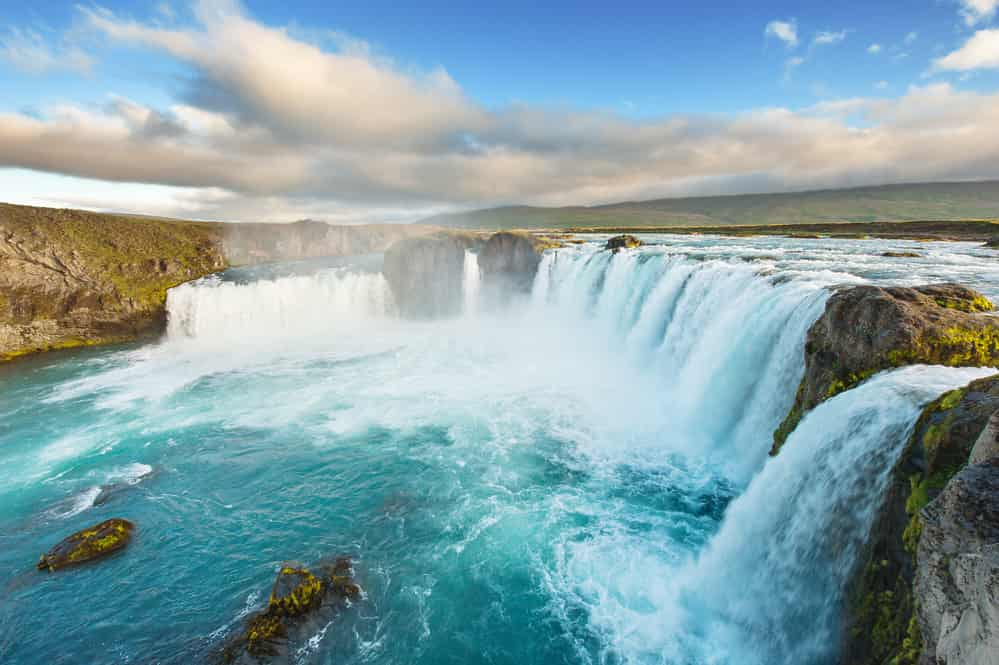
There are also several active volcanoes, beautiful waterfalls, and beaches to explore. Go to Geysir in Iceland to see where these hot spurts around the world got their name or soak in a natural hot spring to take the stress away.
The capital of Iceland, Reykjavik, is a great place to visit if you’re looking to enjoy the architecture and a good place to start your journey in this beautiful place. Reykjavik is also one of the most popular destinations in Iceland, so clubbing, music, and places to go are plentiful here. I’d suggest visiting one of these Iceland websites before you travel to get a full idea of what’s on offer.
Reykjavik is also big on craft beer. There are plenty of bars and breweries to visit in this quaint town.
What is Greenland like and why is it better?
Greenland is cold and icy. It might be considered better than Iceland due to its seclusion and natural, wild landscape. Greenland is also the world’s largest non-continental island and the world’s least-densely populated territory.
Iceland and its southeastern neighbor have a lot more in common than meets the eye. Like Iceland, Greenland has an amazing landscape, albeit it is much colder, but breathtaking in the least. Greenland is also a great destination for outdoor lovers.
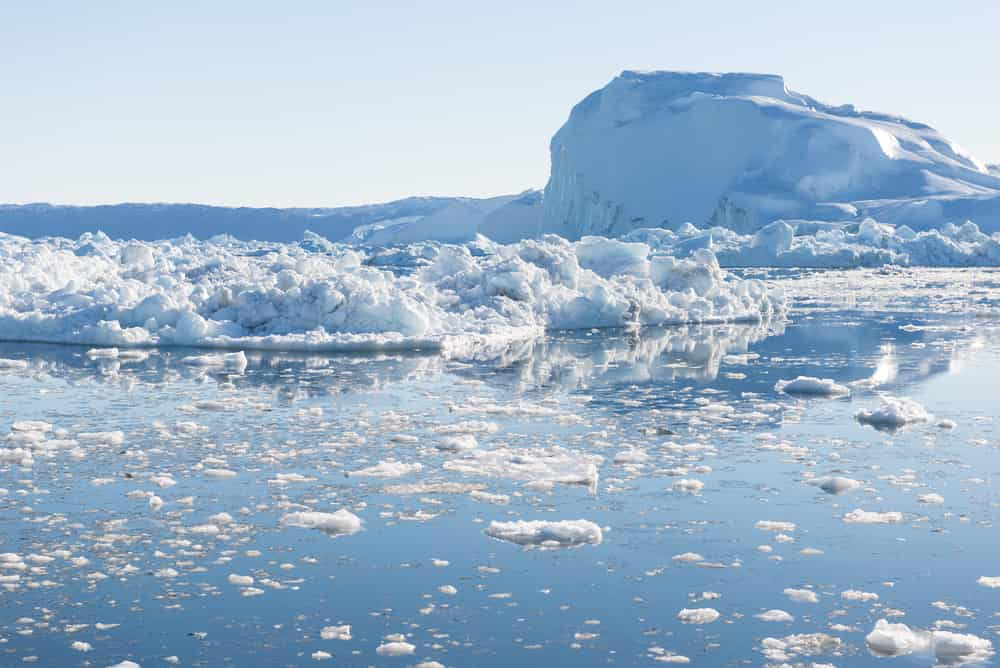
There are clearly marked hiking trails for anyone to see the amazing Jakobshavn Glacier, which is one of the largest in the world, outside of Antarctica. You don’t have to hike to all of the landmarks either, as you can always explore Greenland via boat. You can also see the northern lights from this territory.
Greenland is also the place of the midnight sun. In the summer the sun does not set. From June to August, the days last 24 hours. This is a beautiful phenomenon that will allow visitors and explorers to enjoy the daylight for as long as and at whatever time they like.
Although Greenland isn’t particularly known for its social life, the capital of Nuuk is perfect for moments when you’d like to get out and be among other people. Nuuk has restaurants and shops for people to enjoy. The town of Nuuk also has a hiking trail that leads up a mountain near the town.
A brief history of Iceland and Greenland ties and differences
Iceland and Greenland have a lot more in common than their ties to Denmark. Although Greenland and Iceland were both once colonized by people of Nordic and Celtic descent, Greenland was discovered by these settlers long after Iceland was.
Greenland was first settled by people of the Inuit culture. The Inuit people seemed to have traveled to Greenland from North America centuries before the Nordic people came. Greenland and Iceland were once owned by Denmark; Iceland eventually broke away and became its own country.
Although Greenland was once settled by Nordic people, those settlements seem to have fizzled away, leaving mostly Inuit people there. Greenland remains a territory of Denmark to this day.
Iceland was founded during the Viking age of exploration, hence the mostly Norse and Celtic descendants. Iceland is 500 miles from Scotland, which is their closest European neighbor. Iceland is part of the Nordic islands, making it part of Europe.
Iceland has a rich history and culture relating to Vikings and exploration, most of which took place in the middle ages. It’s said that many of the Vikings who settled in Iceland were actually fleeing Scandinavia, whether it be for freedom or to flee the consequences of a crime they were accused of. The Vikings of Iceland also founded one of the first democratic parliaments ever.
Visiting Iceland vs Greenland
Iceland is a lush Nordic island, with a wondrous landscape, and things to do. While Greenland is an icy territory, with an amazing culture and sparse population. For these reasons, Iceland is more popular with tourists.
Greenland is also full of wonder. There are plenty of outdoor activities to take part in. In the summer, you can enjoy the all-day sun, hiking, and various other things. Greenland is perfect for getaways from the world.
If you plan on visiting Iceland, you will most likely need to hire a car to get from place to place. There are plenty of ferries that will take you to various parts of the country, as well as domestic flights.
In Greenland, there are also ferries that can help take you to different locations when the ice melts. There is one main bus line that leads to Nuuks inner city. Renting a car in Greenland may not be the best option, seeing as though there are limited roads.
Iceland and Greenland are two very different places that share some significant similarities. If you would like to visit either place, it is important you plan well and choose the best time of year to go.
